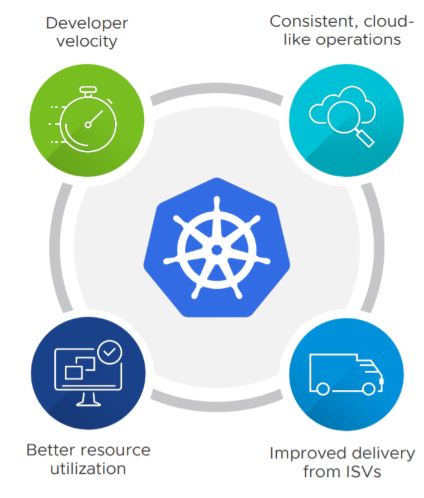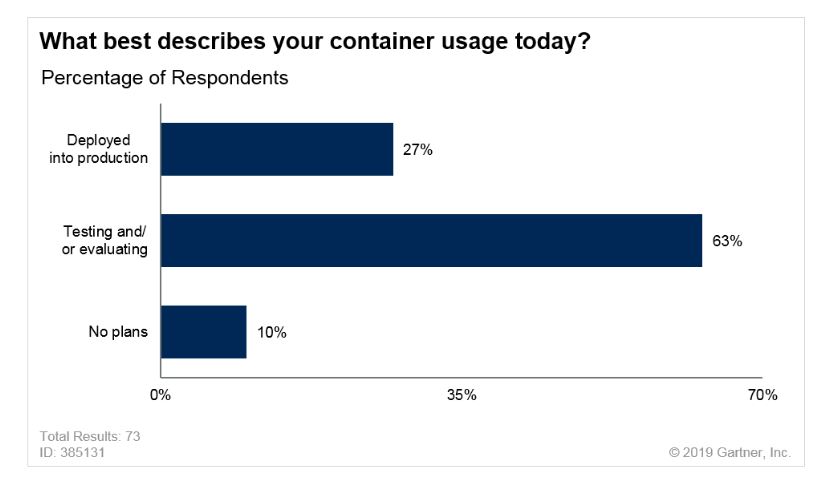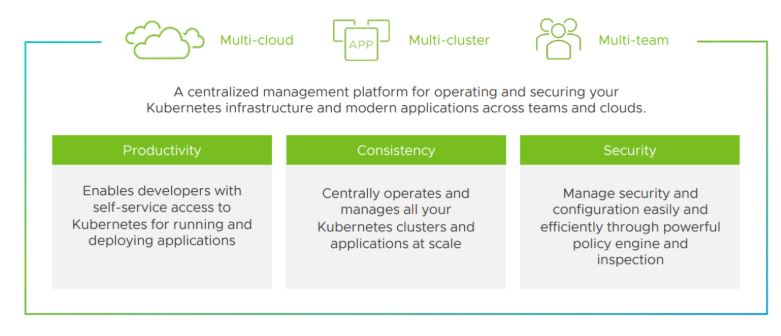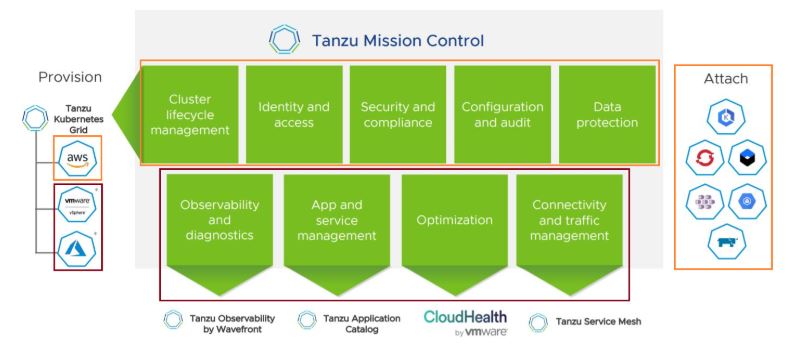Enterprises are slowly realizing that they need to adopt Containers and Kubernetes technologies to accelerate their Digital Transformation initiatives. These technologies are the driving forces behind Legacy modernization and Cloud-native applications that are needed to meet the ever changing demands of their customers in today’s Digital era.
These technologies provide various benefits for both Developers and Operators. Container resolves “This works on my machine” sort of problem for developers. Portability is the key feature of containers. Helps developers ship the code and release new features faster. Kubernetes provides operators a consistent declarative-style manifest approach to manage the apps and other resources. ISVs (Independent Software Vendors) are also packaging their software as a cloud-native app to help operators easily run and debug their apps on Kubernetes platform.

As per a survey conducted by Gartner, more than 75% of global organizations will be running containerized applications in Production by 2022, which is a significant increase from fewer than 30% today as shown below.

Kubernetes Adoption Journey in an Enterprise
In a typical Enterprise, Containers and Kubernetes adoption is slow initially. It normally starts with a small team developing an app (not mission critical) that they plan to containerize and deploy on Kubernetes cluster in a single environment (in most of the cases, managed CaaS offering on Public clouds) for PoC purpose.

However, when the adoption accelerates, more and more teams start working on identifying the apps that they would like to containerize and deploy on Kubernetes clusters in various environments such as on-premise, in public cloud or even on bare metal servers. And all of a sudden, the whole landscape gets crowded as shown below.

As per IDC, Enterprises will build and deploy ~ 500 million apps in Production over next 5 years using cloud-native tools and technologies such as Containers and Kubernetes.

Kubernetes Adoption Reality – Growing Fragmentation
We are already seeing this reality today within Enterprises. Let’s say, one team decided to deploy their app(s) on Amazon EKS cluster, another decided to leverage Google GKE cluster. Though It’s good for application teams to have the flexibility to deploy the applications on their choice of Kubernetes clusters. But it brings up a lot of problems for Operators.

Operational Challenges with Fragmentation
- How can we gain visibility into all the clusters from a centralized console ?
- How can we troubleshoot containerized workloads across disparate environments ?
- How can we quickly enforce Security policies across the board and Compliance requirements ?
- How can we efficiently provision and manage the Cluster’s lifecycle ?
Unfortunately, operations tools that companies have today, don’t solve the above mentioned problems. Each vendor provides their own tools to provision clusters, manage it’s lifecycle and troubleshoot workloads etc. All of a sudden, you either need to hire an army of resources with a specific skill-set or push your existing resources to learn all these tools to support the infrastructure and app which is not a realistic approach.
And the Solution to above mentioned problems is – VMware Tanzu Mission Control.
What is Tanzu Mission Control ?
Tanzu Mission Control(MC) helps companies manage the growing fragmentation efficiently as more and more teams continue to adopt Containers and Kubernetes technologies and start deploying their apps on Kubernetes platform. It’s a SaaS offering from VMware.
It provides a centralized Management platform to help operators provision new clusters, manage their life-cycle, enforce security policies, troubleshoot workloads, view resource utilization along-with a lot of other exciting features across the board.

Core Capabilities
Here is the high level overview of existing (highlighted in Orange) and upcoming (highlighted in Dark Red) capabilities of Tanzu Mission Contorl. I’ll dive deeper into existing capabilities in upcoming blog posts. Stay tuned for more updates.

Conclusion
VMware Tanzu Mission Control allows you to manage all your Kubernetes clusters – across packagaed Kubernetes distributions, managed Kubernetes Services and DIY footrpints – from a single control point.
If you’re an operator, you will have complete visibility into all the clusters, be able to enforce Enterprise policies related to Container registry, Network, Security and a lot more across the board. That’s an exception control over diverse environment.
If you’re a developer, you’ll have the freedom to use modern constructs and self-service access to Kubernetes resources. You don’t need to worry about Kubernetes infrastructure but focus on what you do best – writing quality code.

